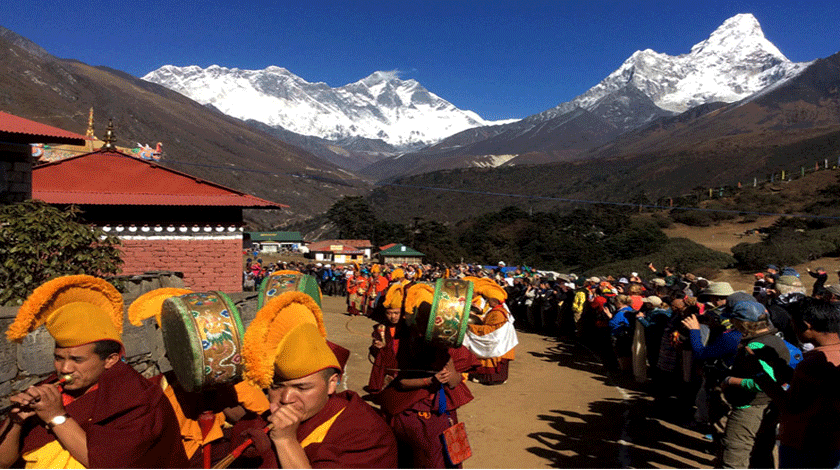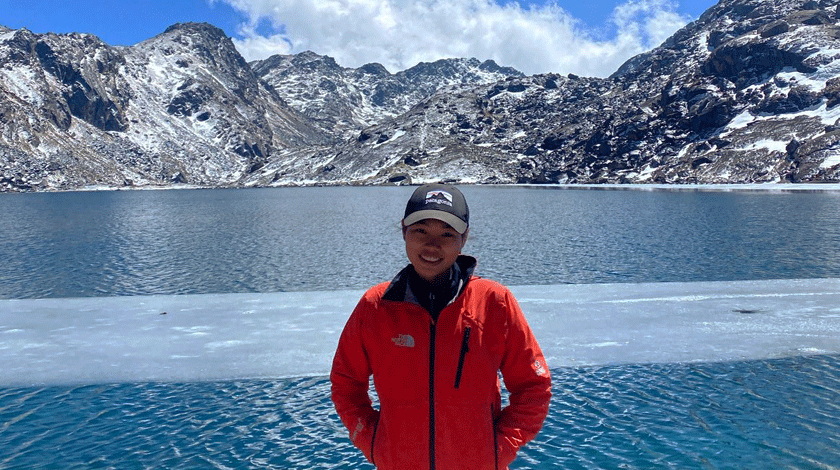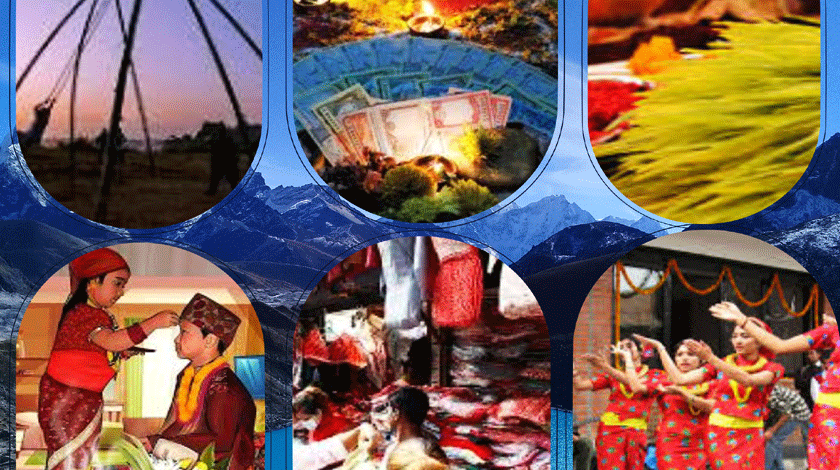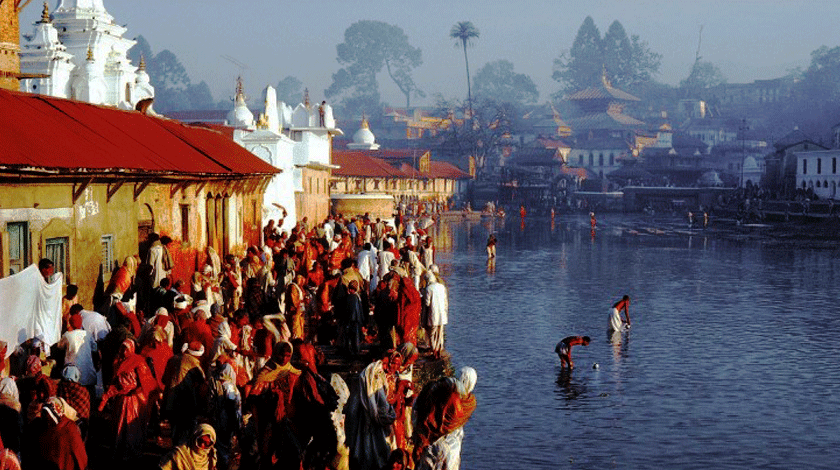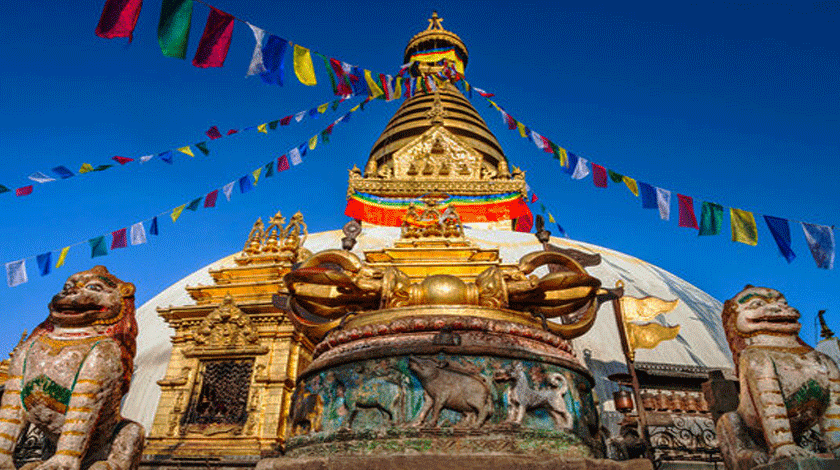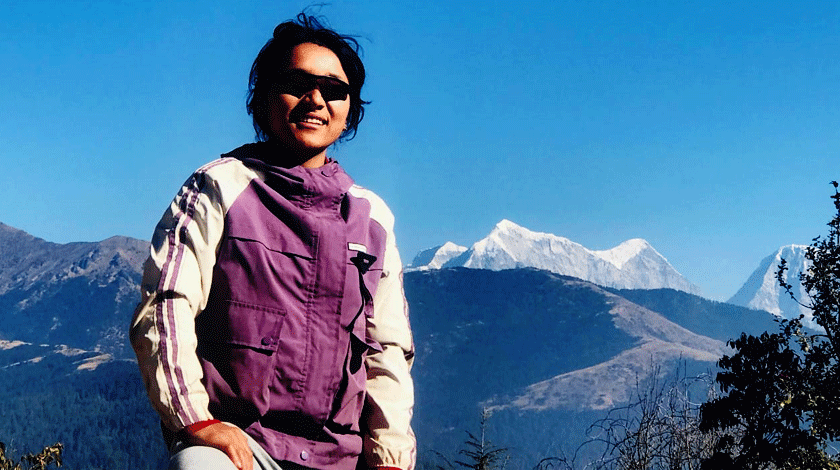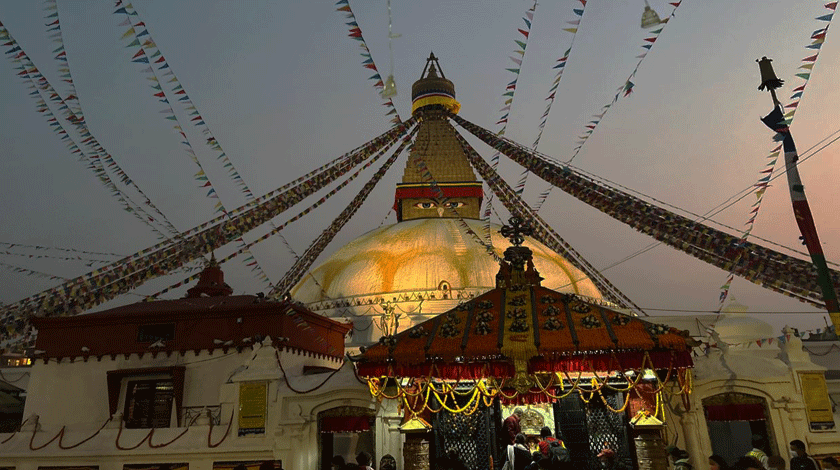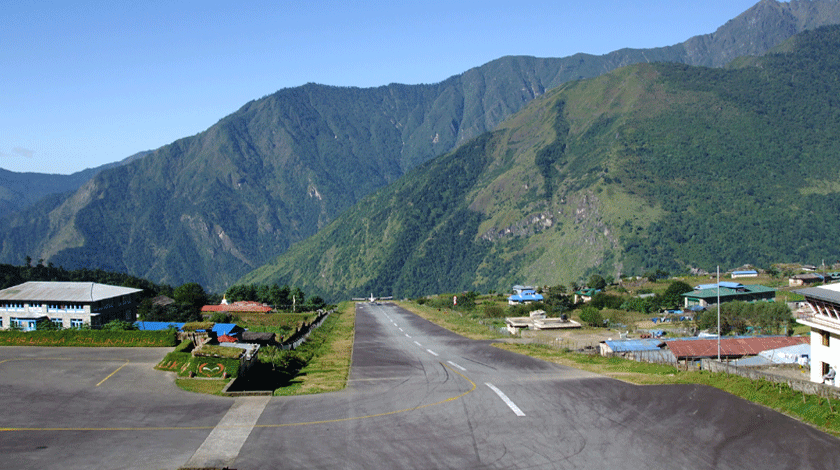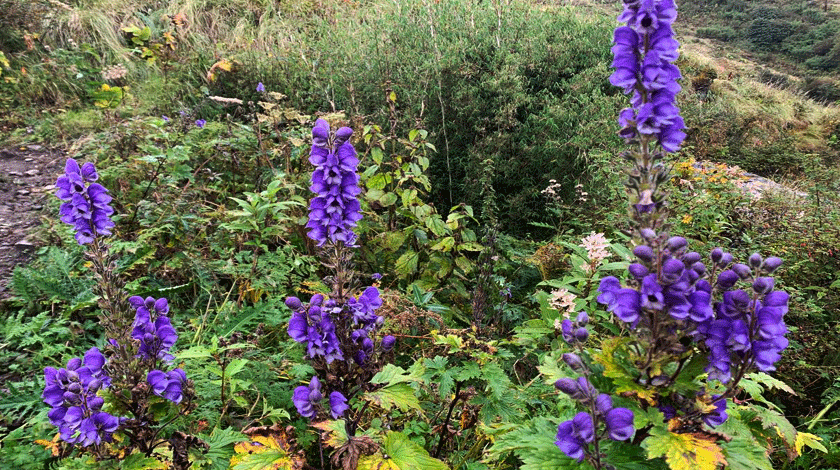Pungyen Monastery
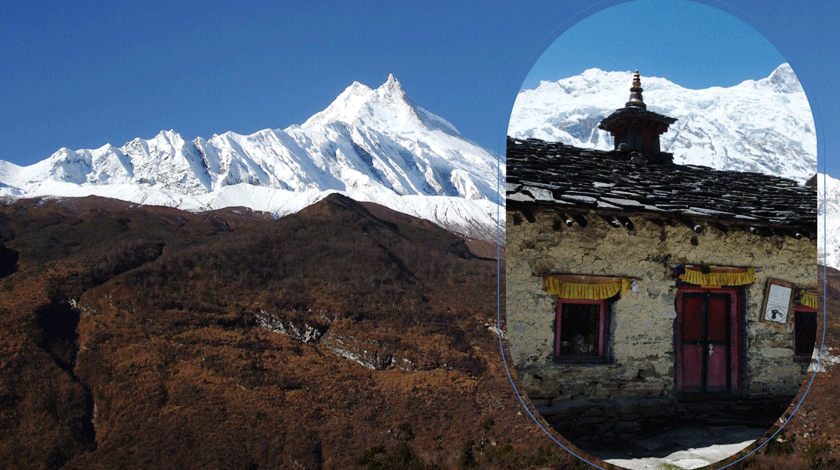
Pungyen Monastery: A Hidden Gem in the Manaslu Region
Pungyen Gompa Monastery of Manaslu the upper Sama Gaun blessed with majestic mountains, rich cultural heritage, and awe-inspiring landscapes, is home to many monasteries, offering spiritual solace to travelers and pilgrims alike. One such serene destination, tucked away in the Manaslu region, is the Pungyen Monastery. Overlooking the Manaslu Glacier, the monastery provides an enriching experience of natural beauty and cultural immersion for trekkers venturing into this less-traveled part of Nepal. It is a place of peace, where visitors can immerse themselves in the spiritual life of the local communities while enjoying panoramic views of the Himalayan giants.
The Spiritual and Historical Significance of Pungyen Monastery
Pungyen Monastery, also known as Pungyen Gompa, holds deep spiritual significance for the locals, particularly the Sherpa and Tibetan communities residing in the region. The name “Pungyen” is derived from the local term “Phun Gyen,” meaning “three peaks.” This refers to the three towering peaks surrounding the area, creating an almost mystical setting that befits the sacred nature of the monastery.
Trekking to Pungyen Monastery: A Journey Through Natural Splendor
The trek to Pungyen Gompa typically begins from the village of Samagaun, a traditional settlement nestled in the heart of the Manaslu region. Samagaun itself is a beautiful village, with its stone houses, yak pastures, and the imposing Manaslu massif standing guard in the background. From Samagaun, it takes around 3-4 hours of hiking to reach the monastery. The trail meanders through alpine meadows, lush forests, and alongside the turquoise waters of glacial streams, making the journey as breathtaking as the destination.
The elevation gain is gradual, and while the trek is not particularly difficult, the altitude (the monastery sits at an elevation of approximately 4,000 meters) can pose a challenge to those new to high altitudes. However, the stunning vistas, fresh mountain air, and peaceful surroundings more than makeup for the physical effort. Experts advise trekkers to take their time, acclimatize as they ascend, and enjoy the spectacular views of Mt. Manaslu (8,163 meters), the eighth-highest mountain in the world, which dominates the horizon.
Upon arrival at Pungyen Monastery, trekkers are greeted by a tranquil setting. The monastery, though simple in its architecture, exudes a sense of serenity that immediately calms the mind. Prayer flags flutter in the breeze, carrying blessings to the wind, while the sight of snow-capped peaks and glacial rivers flowing below adds to the otherworldly beauty of the place.
View from Punyen Gompa
What to Expect at Pungyen Monastery
Visiting Pungyen Monastery is not just about reaching a destination; it is about engaging with the spiritual energy of the place and learning about the rich Buddhist traditions practiced here. Although the monastery is small and not as grand as some of the larger gompas in Nepal, its simplicity adds to its charm and authenticity.
Trekkers who visit Pungyen Monastery often find that the monks living here are warm and welcoming, happy to share insights into their spiritual practices. Visitors are often invited to join in the prayer sessions, a unique experience that provides a glimpse into the monastic lifestyle. The rhythmic chants, accompanied by the sound of cymbals, bells, and horns, create a mesmerizing atmosphere, one that transports visitors into a meditative state.
While the monastery itself is humble, its location is truly spectacular. Set against the backdrop of towering Himalayan peaks, including Mt. Manaslu, the monastery offers unparalleled views of the surrounding landscape. On clear days, visitors can see the Manaslu Glacier in all its glory, a massive river of ice that descends from the heights of the Manaslu massif. It is a humbling sight, one that reinforces the insignificance of human life in the face of nature’s grandeur.
For those interested in photography, Pungyen Monastery provides endless opportunities. The early morning light, casting a golden hue on the snow-covered peaks, is particularly stunning, while the fluttering prayer flags and the monastery’s traditional Tibetan architecture offer cultural richness to any photograph.
Best Time to Visit Pungyen Monastery
The best time to visit Pungyen Monastery is during the spring (March to May) and autumn (September to November) seasons. During these months, the weather is generally stable, with clear skies offering magnificent views of the surrounding peaks. The spring season also brings the added beauty of blooming rhododendron forests, while the autumn months offer crisp, cool air, ideal for trekking.
The winter months (December to February) can be harsh in the Manaslu region, with heavy snowfall making the trails difficult to navigate. While it is still possible to visit during this time, trekkers should be prepared for extreme cold and potential trail closures. On the other hand, the summer months (June to August) coincide with the monsoon season, which brings heavy rains, leeches, and landslides, making trekking less enjoyable and more dangerous.
Accommodation and Facilities
While Pungyen Monastery itself does not provide accommodations, trekkers can find a variety of tea houses and lodges in the nearby village of Samagaun. These lodges offer basic amenities, including a bed, hot meals, and communal bathrooms. The facilities, though simpler than those in more developed trekking regions like Annapurna or Everest, still offer a comfortable place for trekkers to rest and recuperate after a long day.
Most tea houses in Samagaun serve traditional Nepali and Tibetan meals, including dal Bhat (lentil soup with rice), momo (Tibetan dumplings), and tsampa (roasted barley flour), which are both hearty and filling, perfect for trekkers needing energy for the trek ahead.
For those seeking a more immersive experience, it may be possible to arrange a stay at the monastery itself. This is not common, but with prior arrangements and permission from the monastery, travelers may be able to spend a night in the humble quarters of the monks, participating in their daily routines and experiencing the monastic lifestyle firsthand.
The Manaslu Circuit: A Gateway to Remote Beauty
Pungyen Monastery is often visited as part of the larger Manaslu Circuit Trek, one of the most spectacular and remote trekking routes in Nepal. The Manaslu Circuit takes trekkers on a journey around Mt. Manaslu, offering a diverse range of landscapes, from subtropical forests and terraced fields to high-altitude glaciers and barren mountain passes.
The circuit trek starts in the town of Arughat Lower Manaslu. It follows the Budhi Gandaki River, passing through traditional Gurung and Tibetan villages, and dense forests, and eventually leading to the Larkya La Pass (5,160 meters), one of the highest and most challenging passes in Nepal. The trek can take anywhere from 14 to 18 days, depending on the pace and acclimatization schedule.
Pungyen Monastery is a short detour from the main trail of the Manaslu Circuit, and many trekkers take an extra day to visit this hidden sanctuary. It is an excellent opportunity to take a break from the more physically demanding sections of the trek and spend time in quiet contemplation amidst the grandeur of the Himalayas. Trekkers can aslo by pass the Annpurna circuit trail when ending the Manaslu circuit trek.
Conclusion
Pungyen Monastery is a place of profound spiritual and natural beauty, offering trekkers a unique blend of culture, history, and scenic wonder. Located in the remote Manaslu region, it remains a hidden gem, untouched by mass tourism, and provides an authentic experience of Tibetan Buddhist practices and Himalayan life. Whether you are seeking spiritual solace, stunning mountain views, or a deeper connection with the local culture, Pungyen Monastery is a destination that will leave an indelible mark on your soul.
For those trekking the Manaslu Circuit or simply looking for a quieter, more contemplative trekking experience, a visit to Pungyen Monastery is a must. Its combination of serene surroundings, spiritual significance, and breathtaking views make it one of Nepal’s most underrated treasures.


